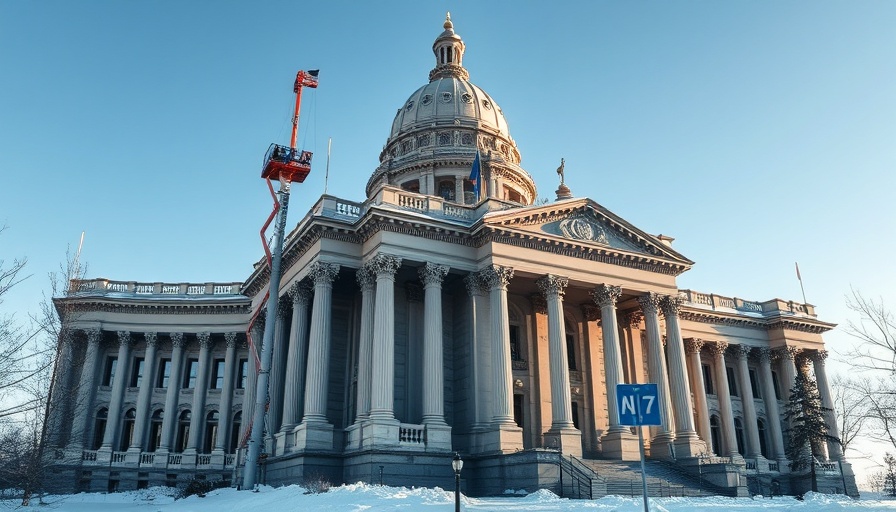
The Uncertain Future of Montana’s Medicaid Expansion
As the window closes on Montana's decision-making regarding Medicaid expansion, state lawmakers face a critical juncture. With the scheduled expiration of the program looming this summer, Republican leadership in the Montana legislature appears poised to preserve the expansion that currently supports about 76,000 adults. But this determination arrives amid broader federal uncertainties that could reshape Medicaid as we know it.
Bipartisan Concerns Amidst Party Lines
The recent actions of the GOP-led Montana House of Representatives highlight a complex dynamic. On February 10, 2025, they overwhelmingly passed a bill to make the Medicaid expansion program permanent. Yet, doubts linger about the future as Republicans navigate potential funding cuts linked to a new budget proposal under the Trump administration. The House Budget Committee's plan includes a staggering $880 billion in reductions for Medicaid over a decade, prompting legislators like Republican state Rep. Jane Gillette to rethink strategies to prepare for possible fiscal shifts.
Impacts of Federal Policy on State Decisions
Historically, Montana's Medicaid expansion has proven beneficial for the state, both health-wise and economically. Proponents argue it is essential to maintaining healthcare access in Montana, particularly for vulnerable populations dealing with mental health issues and substance abuse disorders. Yet, detractors, such as incoming Senate President Matt Regier, voice concerns about the dependency on federal funds, arguing that prolonged reliance could shift costs disproportionately to the states, forcing them to tighten their belts or raise taxes.
Looking Ahead: Strategies for Sustainability
As lawmakers strategize about the future of Medicaid expansion, they are also investigating potential adjustments that could align with expected federal changes, such as stricter work requirements. While some states, like South Dakota and Idaho, are passing bills contingent on federal support, others like Montana are looking at ways to insulate themselves from looming cuts. According to Robin Rudowitz of KFF, the challenge lies in preparing for scenarios that could not only alter Medicaid's structure but also significantly increase costs for states.
The Call for Transparent Governance
For Montanans, this situation emphasizes the need for transparency and responsiveness from their legislature. As the state prepares to address the impending decisions within the next few months, residents look to their representatives to articulate not just the plan for Medicaid’s future but also its ramifications on their access to healthcare. As Republican lawmakers continue to push for a permanent Medicaid program, the stakes remain high for both the users of the system and the state's fiscal health.
The decisions made in this legislative session could have lasting impacts, particularly if the federal landscape changes suddenly. With a program deemed successful by many across various sectors, maintaining its structure while adapting to potential shifts will be critical. Stakeholders should stay engaged and informed as these discussions unfold, as the outcome could redefine healthcare accessibility in Montana for years to come.
 Add Row
Add Row  Add
Add 




 Add Row
Add Row  Add
Add 



Write A Comment